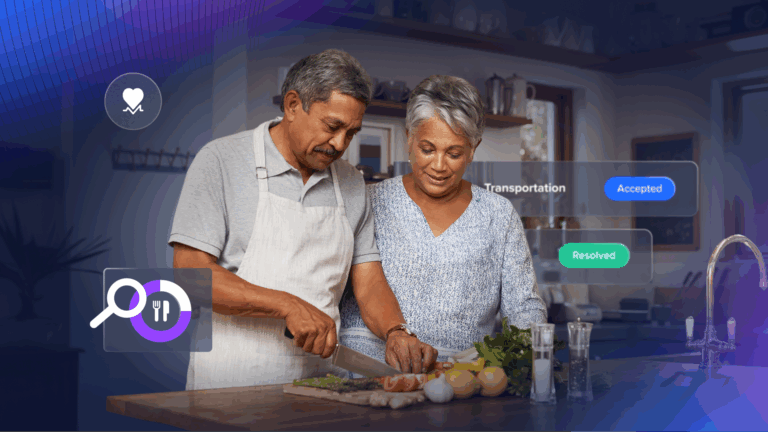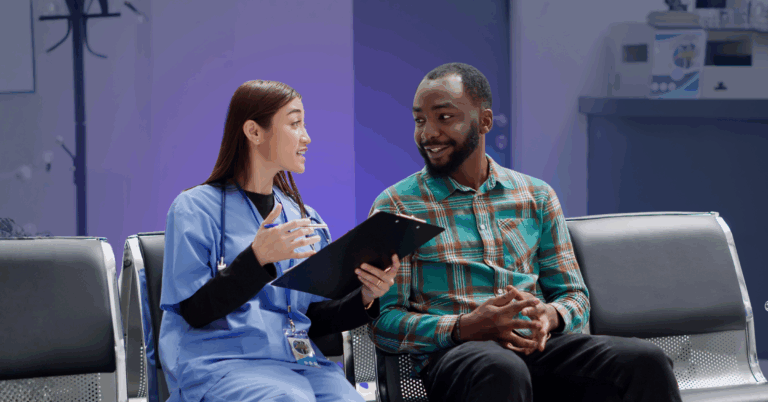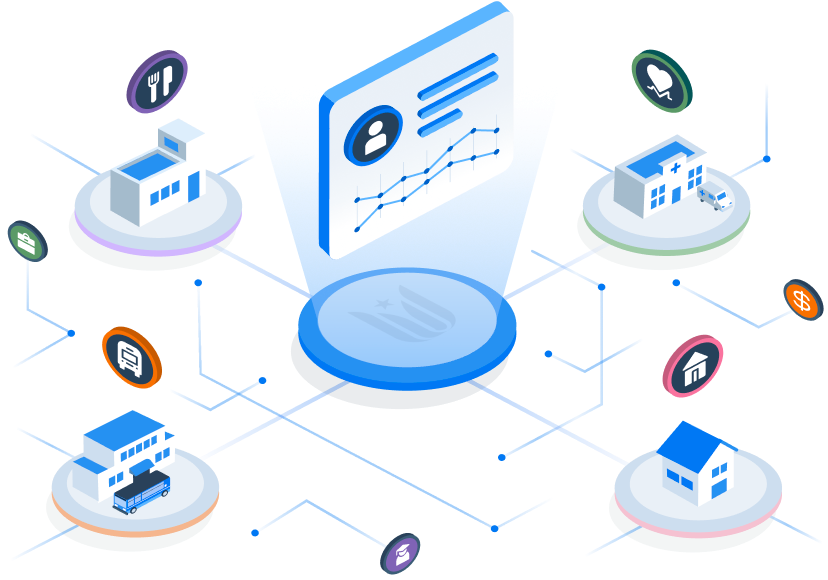Driving the Drivers: Leveraging Technology to Address Non-Medical Needs and Improve Patient Outcomes
How can hospitals and health systems reduce gaps in the care journey for themselves, their clinicians, their staff, and, most importantly, their patients? Technology-driven automation. Featuring case studies from Presbyterian Healthcare Services and Yale New Haven Health Center, this report explores how technology and workflow optimization are enhancing operational efficiency, reducing provider burnout, and improving patient outcomes.
Executive Summary
How can hospitals and health systems reduce gaps in the care journey for themselves, their clinicians, their staff, and, most importantly, their patients? Technology-driven automation. Featuring case studies from Presbyterian Healthcare Services and Yale New Haven Health Center, this report explores how technology and workflow optimization are enhancing operational efficiency, reducing provider burnout, and improving patient outcomes
Introduction
In recent years, hospitals and health systems are increasingly screening for health-related social needs (HRSN), or non-medical needs, to help shape care for patients and communities.
Screening for HRSN is crucial for understanding and identifying non-medical barriers to health, facilitating conversations and fostering community partnerships, and ultimately improving patient outcomes and health care value. Capturing HRSN data effectively and efficiently helps provider organizations leverage this data to meet the Quadruple Aim objectives: enhancing the patient experience, improving population health, reducing costs, and improving the work life of health care providers.
Technology-driven automation can help provider organizations capitalize on these opportunities in the following ways:
- Enhanced patient experience: Screening allows health care providers to understand the patient’s full context and tailor care accordingly, leading to a more patient-centered approach.
- Improved patient outcomes: By identifying and addressing social needs, health care providers can help patients overcome barriers to accessing care and improving their health.
- Reduced health care costs: Addressing social needs can prevent unnecessary hospitalizations and emergency department visits, ultimately reducing health care costs.
- Strengthened community partnerships: Screening initiatives can help hospitals build relationships with community organizations, creating a network of resources to support patients’ needs.
This Trailblazers report from the American Hospital Association’s Market Scan details how hospitals and health systems can leverage technology to improve screening workflows and connect patients with resources to address their health-related social needs. It also uncovers how hospitals and health systems can connect their HRSN strategy to the broader strategic clinical, operational and financial objectives of their organizations.

“Having technology support our HRSN efforts is really powerful. We know a lot more about what our communities need. We know a lot more about what resources exist in our communities. Now we can use [that] data to influence policy and investment at the state level and at the local level.”
Leigh Caswell, Vice president, community and health equity,
Presbyterian Healthcare Services
About Unite Us
Unite Us is the nation’s leading software company bringing sectors together to improve the health and well-being of communities. We drive the collaboration to identify, deliver, and pay for services that impact whole-person health. Through Unite Us’ national network and software, community-based organizations, government agencies, and healthcare organizations are all connected to better collaborate to meet the needs of the individuals in their communities.





